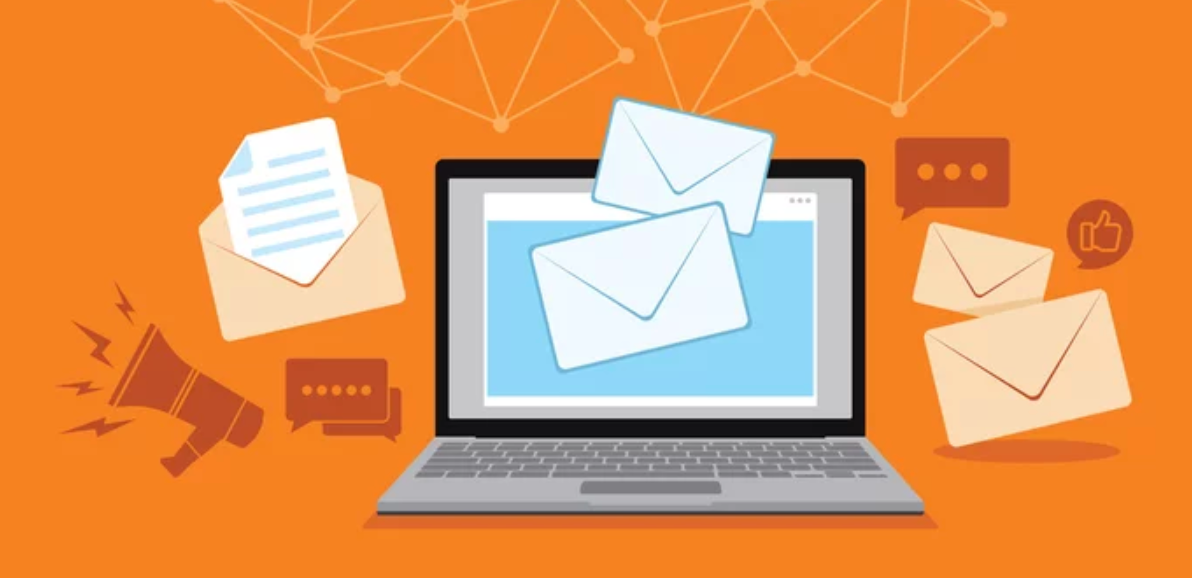What is an SMTP Relay and How Does it Work?
The SMTP relay is responsible for determining the most efficient route for email to reach its final destination. But what does this really entail for your business?

Navigating the world of emails often feels like deciphering secret codes.
What seems to be as straightforward as composing a message and just hitting the “send” button quickly becomes complex when you dive deeper into the mechanics of email delivery.
If you want to get ahead of the game, you want to make sure make sure your recipients can see them seconds right after you hit that button.
And that is where SMTP relay comes in.
In this post, we will dive deeper into SMTP relay—what it is, how it functions to support your business, and why choosing a service like Maileroo could be your partner for your email strategy.
What is an SMTP relay?
Sending emails from one email server to another on their way to their final destination is called SMTP relay.
These mail servers are often called Mail Transfer Agents, or MTAs. This is software that transmits messages between the computers of the sender and the recipient.
To picture it more clearly, the SMTP relay is the electronic or virtual equivalent of the planes and bicycles of the older and more physical way of sending messages way back in the 80's.
Understanding SMTP relay to SMTP, SMTP server, SMTP relay service, and smart host
SMTP is the foundation upon which emails are delivered over the internet, ensuring that your messages navigate from one server to the next until they arrive at the recipient's inbox.
- SMTP (Simple Mail Transfer Protocol) is a set of rules for sending emails.
- An SMTP Server is a programme that sends emails using these rules. It can also receive messages from other servers.
- SMTP Relay is the term for when an email is passed along from server to server until it reaches the destination.
- An SMTP Relay Service is offered by companies to manage email delivery for you, providing extra services such as security and delivery tracking.
- A Smart Host (Relay Host) takes charge of emails leaving your business, ensuring they’re correctly routed to final destinations while offering additional management features like filtering.
To differentiate these terms, SMTP is the core protocol, the SMTP server is the agent that carries out the protocol's tasks, the SMTP relay is a part of that process, the SMTP relay service is an enhanced relay handled by an external provider, and a smart host is an advanced relay station that organises outgoing mail traffic.
But how does the SMTP relay protocol work?
In the same way you'd send a traditional letter, creating and sending an email involves addressing it to your recipient and potentially including your own email address in case the message bounces back.
This return address helps internet service providers send the email back to you if it's undeliverable. Like stamping a letter, sending an email is the digital equivalent of proving you've paid for the service by clicking 'send'.
Your email then goes through a series of servers—sort of like a post office's sorting center—that guide it to your recipient. If all goes well, and no major hiccups have occurred, your intended recipient will be reading your digital message.
The SMTP relay also involves your email client sending the message to a server that verifies it before passing it along. It works a bit like a postal worker checking your mail before it's sent out.
If the recipient is on the same server, it's like handing a note to someone in the same room—straightforward and direct.
But more often than not, your message travels between servers, guided by SMTP relay protocols that find the best route to get your email to its destination.
Once it arrives, the recipient's email service translates it into a readable format and delivers it to their inbox, ready to be read.

When to Use SMTP Relay?
The SMTP mail relay is particularly essential in several scenarios to ensure the effectiveness and reliability of email communication.
Here are some specifics:
- When you've developed a web or mobile application, integrating with an SMTP relay service allows for seamless email notifications and correspondence from within the app. This can be critical for user engagement and operational notifications.
- If simplifying email management is a priority, leveraging an SMTP relay can streamline the process, minimise disruptions, and enhance deliverability, ensuring your messages reach their intended inboxes.
- For businesses relying on hardware like printers, scanners, fax machines, or IoT devices, an SMTP relay enables these devices to send emails without the need for a direct mail server connection.
- When you encounter limitations set by your ISP—such as Gmail's cap on the number of emails you can send—it's time to utilise an SMTP relay service. This helps send a larger volume of emails without triggering spam filters.
The Importance of an SMTP Relay
Emails' success of emails hinges on deliverability and sender reputation.
SMTP relays are the backbone for email marketing campaigns and transactional emails, ensuring messages reach their intended destination.
Internet Service Providers (ISPs) are highly vigilant against spam. It often casts a suspicious eye on copious emails from public domains like @gmail.com and @yahoo.com, which are prone to misuse. These emails often end up blocked or relegated to spam folders.
Using a public domain strips you of the ability to manage DNS records and implement crucial email authentication methods like SPF, DKIM, DMARC, or BIMI, which are crucial for averting email spoofing and bolstering domain reputation. Furthermore, such email accounts are hampered by low sending caps.
Setting up an independent SMTP server and email client doesn't guarantee smooth sailing either—without a good reputation, your emails are destined for the spam box.

Advantages of Implementing SMTP Relay Services
SMTP relay is a powerful tool for any enterprise that relies on email communication, especially when sending emails across various domains.
For instance, companies like Maileroo streamline the process of establishing a professional domain exclusive to your business for email correspondence.
And using third-party providers can greatly simplify the sending of high-volume emails, such as newsletters or promotional messages, without the need to use the company's primary domain.
These SMTP relay services offer benefits, including:
- Marketing Flexibility: It allows businesses to send marketing and transactional emails while preserving the integrity of the main domain.
- Bulk Email Efficiency: It can enhance the ability to broadcast large volumes of emails seamlessly.
- Domain Protection: It maintains the reputation of the primary domain by preventing blacklisting due to bulk email sends.
- Secondary Domain Utilisation features It offers the possibility of using an alternate domain specifically for marketing, providing a clean separation of email types.
- Compliance and Management: There will be features and tools for better management of unsubscribe requests and compliance with email regulations.
- Enhanced Tracking Features: It equips businesses with the ability to track email delivery and engagement, offering insights into customer interactions.
- Convenient Management Dashboards: Includes user-friendly interfaces for drafting, scheduling, and analysing the impact of email campaigns.
- Reliability: Ensures the delivery of emails without the necessity of maintaining and securing an internal email server, thus minimising downtime and technical difficulties.
Improve Deliverability with SMTP Relays
Employing an SMTP relay service to manage your email campaigns can significantly improve the deliverability of your marketing communications.
These services use advanced delivery algorithms and have strong partnerships with major Internet Service Providers (ISPs). This makes it more likely that your emails will get to the right people.
Protecting your IP reputation is important for getting emails delivered. SMTP relays do this by giving you your own dedicated IP pool, which keeps your reputation from being affected by other people's emailing habits.
These relay services also give you a look at how your emails are doing by giving you detailed analytics and insights. With this much visibility, you can quickly find and fix delivery problems, keeping your email engagement rates high.
If you're unfamiliar with email protocols, lack resources, or are concerned about security, the availability of third party resources usually presents a simpler solution.
At Maileroo, we offer dependable SMTP relay services with globally distributed servers, ensuring secure and consistent email delivery.

